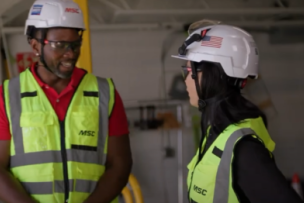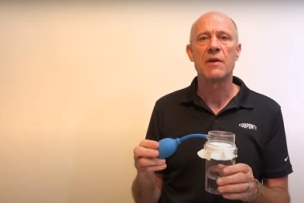What specific head, face and eye protection is needed in the oil and gas industry? Our PPE checklist will help you outfit your workers’ specific needs.
The dangerous work in the oil and gas field makes the chance of injury or fatality one of the highest of any industry.
In fact, from 2008 through 2017, “1,566 workers died from injuries in the oil and gas drilling industry and related fields, according to data from the U.S. Department of Labor’s Bureau of Labor Statistics,” notes this article by The Center for Public Integrity.
Vehicle incidents and struck-by hazards result in the most fatalities for upstream workers involved in oil and gas extraction, according to the Occupational Safety and Health Administration. Downstream at refineries and processing plants, the potential for coming into contact with chemicals and fumes increases.
The hazards in jobs across this industry make personal protective equipment for the head, face and eyes a paramount safety focus.
What about protective gear for flash fires and explosions? Find out why oil and gas workers require flame-resistant clothing in this Better MRO article.
Oil and Gas Safety Equipment: Head Protection
“Hard hats are worn in nearly every upstream application to protect workers from head injuries ranging from minor bumps to concussions and even severe trauma which can result in death,” says Industrial Safety & Hygiene News.





Talk to Us!
Leave a reply
Your email address will not be published. Required fields are marked *